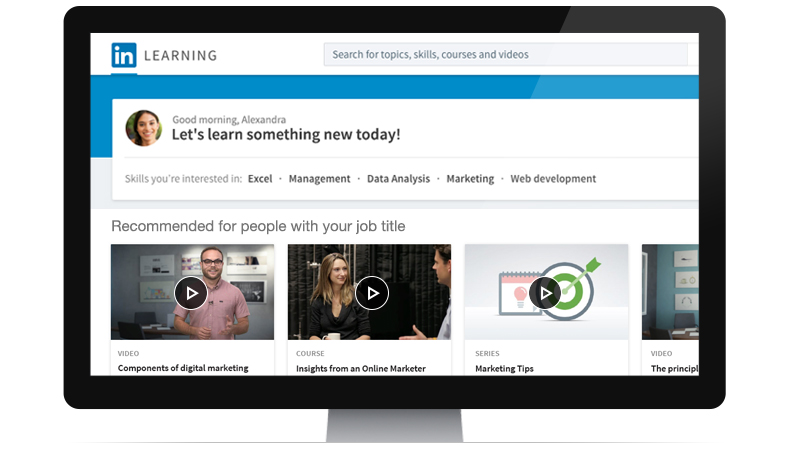LinkedIn, the business-focused social network which Microsoft recently bought for an astounding $26 Billion, is now trying to turn over a new leaf. They have now introduced a new online-learning section with over 9,000 courses covering everything from coding and programming to writing and accounting.
Called “LinkedIn Learning”, it is built on content taken from the popular e-learning portal, Lynda. LinkedIn acquired the portal back in 2015 for $1.5 billion and is now finally making full use of their plethora of courses.
What is LinkedIn Learning?
LinkedIn Learning is an ambitious e-learning portal tailored to individuals. The subjects available include business, technology, and creative topics. The social network has also added some extra features to make the online learning system work better with their business-minded goal. Consequently, businesses looking to keep training their employees and even educational institutions exploring e-learning courses can make use of the portal.
Currently, individuals looking to start learning through LinkedIn will have to sign-up for LinkedIn’s Premium service. Once signed up, LinkedIn Premium users will get 25 new courses every week. You can also try out LinkedIn Learning for free for a whole month.
LinkedIn Learning for Business
Employers and HR managers can recommend courses for their employees and then track their performance through LinkedIn’s analytics products. The analytics tools can not only monitor employees’ progress but also look at the wider range of what is being studied as a point of reference.
The company has also said that they will soon be releasing an enterprise tier so that large companies can take subscriptions for their entire employee base.
Apart from its e-learning initiative, LinkedIn has introduced a handful of other changes. They announced an updated design for their desktop website which will come with a revamped newsfeed as well as new messaging features.




